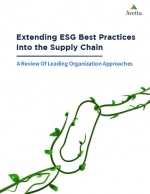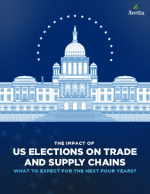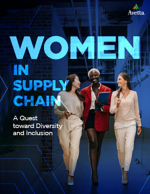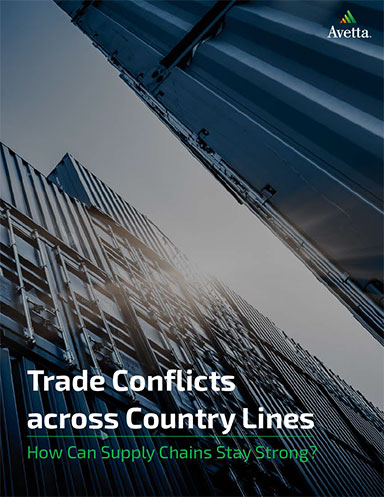Trade Conflicts Across Country Lines
Global trade – and the supply chains that support it – is in a state of flux. On the one hand, there’s massive structural change in the cross-border flow of goods, thanks to greater trade liberalization among emerging economies.
Global superpowers like the U.S. and some countries in Latin America, Asia, and Europe are aggressively reshaping the global trade architecture with ambitious trade pacts such as the Transatlantic Trade and Investment Pact (TTIP), Trans-Pacific Partnership (TPP), and other regional regulations like the North American Free Trade Agreement (NAFTA).
Even as these regional agreements claim to champion free-market economics, many regulations and clauses are marked by protectionism. As such, trade itself is becoming less of a driver of global growth.
Furthermore, recent issues of national security have also informed business negotiations and regional trade discussions.
A key example of this is the Huawei 5G case — where, allegedly, smartphone hardware imported from China, such as cell towers, was leveraged as surveillance and spyware — and how that has been driving cross-border trade developments, data flow changes, and the development of new technologies.
To illustrate the opposing forces that are currently at play, a recent article reports that while U.S. business interests favor ongoing trade talks with China, they are also keen on enforcing economic protection. On the other hand, the Semiconductor Industry Association has also pressed the administration for more details around the Huawei case.
In this whitepaper you will learn:
- How different trade policies affect supply chains
- How cooperation between private businesses and the public sector can strengthen supply chains
- How prequalifying suppliers and performing regular supplier audits can help businesses ensure safe work sites and mitigate risk within supply chains
What’s Related




Favorites





